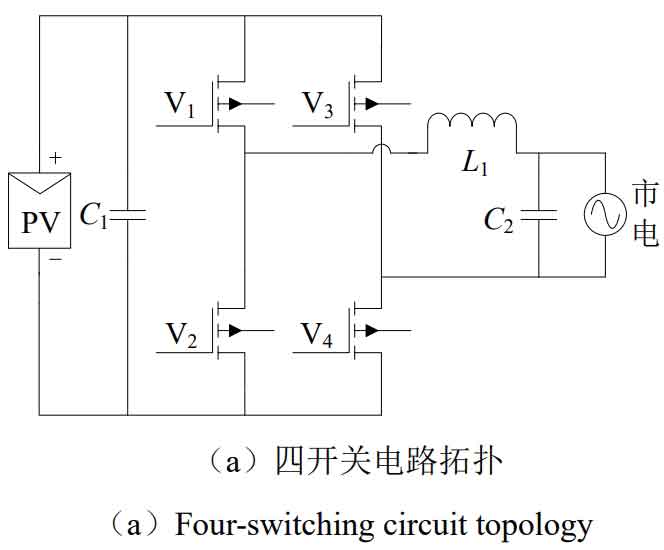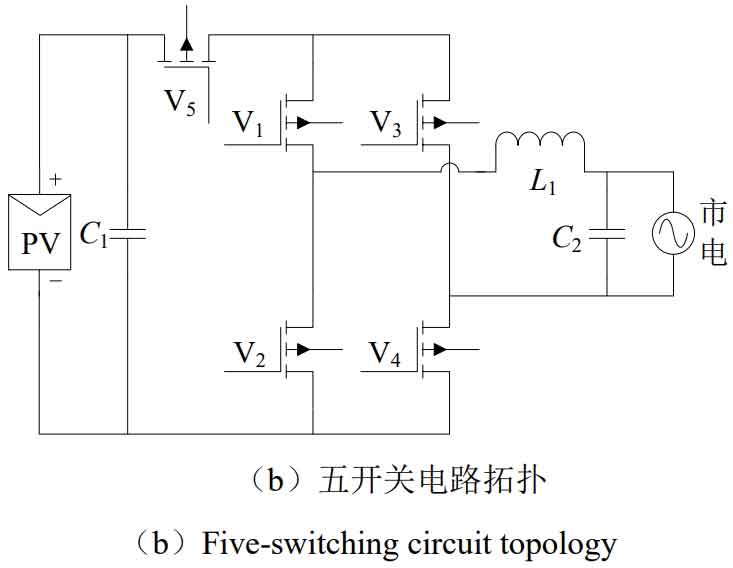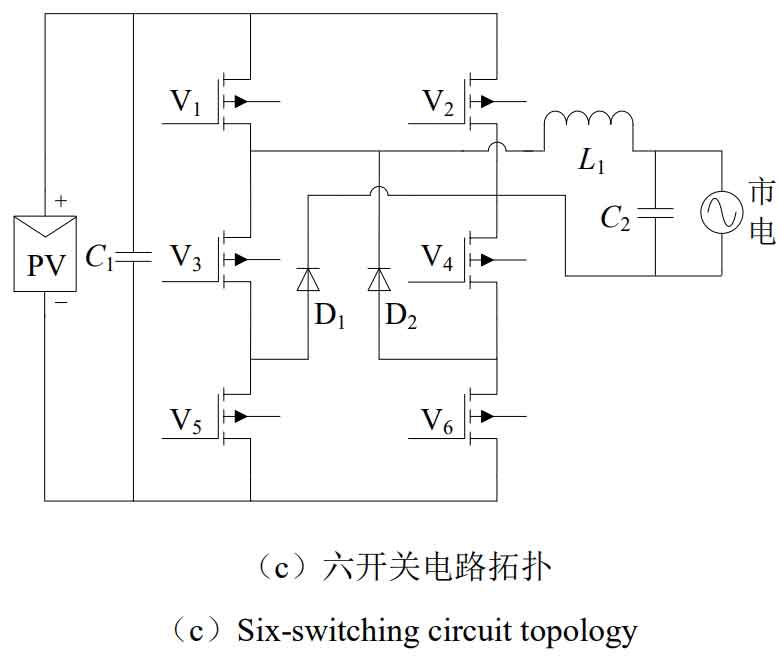With the rapid development of the world economy, people’s demand for energy is increasing, and the limited energy storage on Earth makes the energy crisis increasingly severe. According to BP World Energy Statistics 2010, oil is currently the main energy source in the world, with its crude oil storage increasing by 0.2% year-on-year, but global consumption increasing by 0.7%. At the same time, China’s crude oil storage production ratio is 9.9 years, with crude oil consumption increasing by 5.5% and production increasing by 0.3%. This indicates that the supply and demand situation in China’s oil production market is still severe. In 2011, global natural gas reserves increased by 3.1%, production increased by 3.1%, and consumption increased by 2.2%. The global natural gas market basically maintained the tense situation of last year, and China’s natural gas storage production was 29.8 years, lower than the world average level. From 2001 to 2011, the global proven coal storage decreased from 984.453 billion tons to 860.938 billion tons. Compared with 2010, global coal consumption increased by 5.4% and production increased by 6.1%. At the same time, China’s consumption increased by 9.7% year-on-year (accounting for 49.4% of the world’s total consumption), while production increased by 8.8%, far higher than the world average. China’s coal storage is very low, and with high consumption, China’s coal storage ratio is only 33 years, far lower than the world average of 112 years.
Solar energy, as a renewable energy source, has advantages such as zero pollution and unlimited reserves. Reducing the use of non renewable energy sources such as fossil fuels through the use of solar power can to some extent alleviate the energy crisis. At the same time, using this environmentally friendly new energy will reduce the emissions of toxic and harmful gases such as sulfur dioxide and carbon dioxide, which has a sustainable development effect on the environment. In addition, solar grid connected power generation also has the following advantages: firstly, it reduces the intermediate energy conversion process, has lower energy loss, and thus improves power generation efficiency; Secondly, under daytime lighting conditions, the power generation is relatively large, which can play a role in peak shaving of the power grid. Many countries have conducted research on solar energy as a new type of energy, attempting to alleviate the energy crisis through solar power generation. It can be clearly seen from Figure 1 that from 1996 to 2012, developed countries attached great importance to the application of solar grid connected power generation, with Germany showing particularly significant performance. However, solar power generation also has some disadvantages, such as the high price of solar photovoltaic panel components. Without corresponding policy support, the development of the grid connected power generation industry will be affected; The low photoelectric conversion efficiency of solar photovoltaic panel modules and excessive switching losses of power devices will lead to a decrease in power generation efficiency; The control algorithms and islanding detection methods of solar grid connected power generation systems are also important bottlenecks that constrain their development. Therefore, optimizing control algorithms and island detection methods has become of utmost importance.
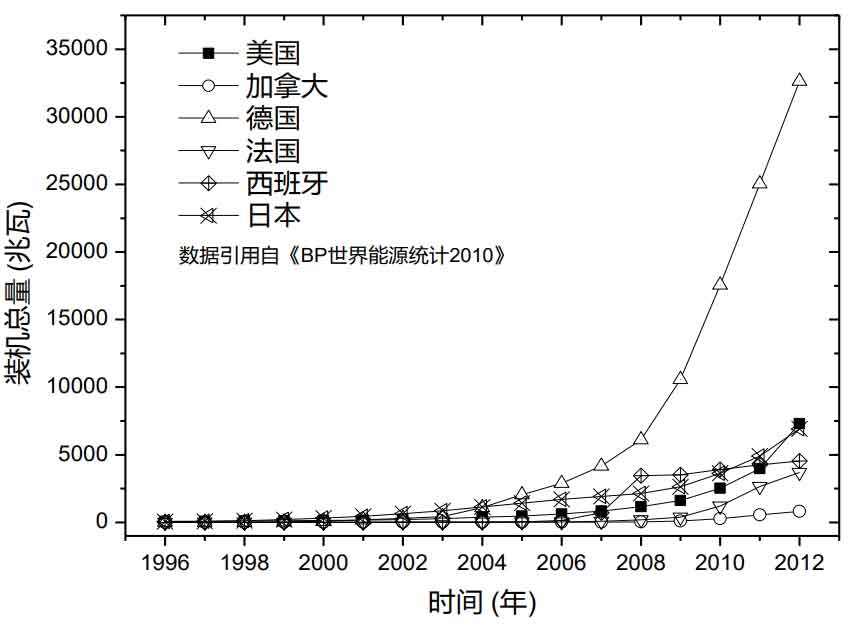
The photovoltaic grid connected power generation system has a broad market and significant strategic significance, which has attracted widespread attention from scholars from various countries. At the same time, governments around the world have actively introduced corresponding support policies to promote the progress of the solar power generation industry. This indicates that photovoltaic grid connected power generation will inevitably become a hot topic in future solar power generation applications, and stable and efficient control algorithms and fast island detection technology in photovoltaic grid connected systems are important guarantees for improving grid connected power generation efficiency and safe operation of grid connected systems. Therefore, studying control algorithms and island detection technology in grid connected power generation systems has important practical significance and development prospects.
1. Development of solar photovoltaic grid connection at home and abroad
1.1 Development of solar photovoltaic grid connection in foreign countries
The principle of photovoltaics was discovered and proposed by French scientist Becquerel in 1893. Until 1954, scientists Chapin and Pearson successfully developed practical single crystal solar cells for the first time at Bell Labs in the United States, opening the way for solar power generation.
The solar power industry in Western countries started earlier. The United States was the earliest country to convert solar energy into electricity. In 1930, Lange first proposed using the solar photovoltaic effect to manufacture solar cells. In February 2011, the US Department of Energy launched the “Sunshot” project and planned to reduce the total cost of solar photovoltaic systems by 75% to 6 cents per kilowatt hour by 2020. Subsequently, the United States issued a series of regulations favorable to loans to ensure the progress of solar photovoltaic projects. Compared to 2010, the installed capacity of solar photovoltaic power in the United States increased exponentially in 2011. It can be seen that the rapid development of the solar photovoltaic industry in the United States is mainly due to the decrease in prices of solar photovoltaic related devices and strong government support.
Germany is the country with the greatest support for the solar power generation industry in the world. The solar power generation industry in Germany has developed rapidly in recent years, with the usage of solar photovoltaic cells reaching half of the world’s total usage. In 2009, the total installed capacity of Germany’s solar power generation system was 4Gw. In 2010, the total installed capacity rapidly increased to 10Gw. In 2011, the annual installed capacity reached 7.5 GW, setting a world record for the total installed capacity that year. However, due to the rapid development of Germany’s solar power generation industry, there is an overcapacity in the domestic solar photovoltaic industry, leading to the closure of many established enterprises.
Japan is one of the earliest countries in the world to promote the solar power generation industry. Before 2004, Japan’s market share had always been in a leading position. Until 2005, the Japanese government cancelled the “Sunroof Plan”, leading to a gradual decrease in the installed capacity of its solar power generation system in Japan. Since 2009, the Japanese government has resumed providing financial subsidies to the solar power generation industry, resulting in an increase in the installed capacity of solar power generation systems over the next two years. The Fukushima nuclear power incident in 2011 caused a huge shortage of electricity in Japan, and the Japanese government began large-scale construction of solar ground power plants.
On the one hand, due to the early start of research on solar power generation technology in foreign countries, coupled with strong support from European, American, and Japanese countries for their own solar power generation industry, their advantages in solar power generation technology are obvious; On the other hand, European, American, and Japanese countries have a strong industrial foundation and advanced semiconductor technology, especially in circuit structure design and electrical automatic control design. Therefore, their grid connected inverters have strong market competitiveness. For example, SMA’s inverter sales account for one-third of global sales.
1.2 Development of solar photovoltaic grid connection in China
Our country’s solar power generation plan was born in the early 1970s, mainly focusing on the research of solar cells. It was not until 1998 that the Chinese government began to pay attention to solar power generation and prepared to build the first set of 3Mw polycrystalline silicon cells and application system demonstration projects. Starting from 2001, Chinese companies represented by Wuxi Shangde began to enter the field of solar panels and narrowed the gap with foreign countries to 15 years. However, due to the global financial crisis and European anti-dumping measures against Chinese companies, China’s solar energy development has fallen into a slump.
In the early 1980s, China began independent research on solar photovoltaic inverters. At present, most domestic enterprises are able to independently research and manufacture photovoltaic inverters. Due to the late research on photovoltaic inverters in China, there is a certain gap in production technology and stability between domestic and foreign solar photovoltaic inverters. However, with the unremitting efforts of domestic colleagues, Hefei Sunshine Power has become a leading enterprise in the field of solar power generation in China, And actively expand the market for solar photovoltaic inverters, currently expanding the market for high-power solar photovoltaic grid connected inverters from China to developed countries such as Europe and America.
The 863 and 973 plans in China have greatly promoted the development of the solar power generation industry, and local governments have also begun to provide financial subsidies to the solar power generation industry. At the same time, enterprises can gain project experience by establishing the Golden Sun Demonstration Project. These three points have greatly promoted the healthy development of the solar power generation industry.
During the 12th Five Year Plan period, China has made it clear that it will promote the application of solar power generation from two aspects: firstly, through internationally recognized bidding methods, initiate the construction of a batch of large-scale solar photovoltaic grid connected power stations; The second is to continue to vigorously promote and implement the “Golden Sun Demonstration Project”, and drive the sustainable development of the solar power generation industry through policy support and financial subsidies. The Notice of State Grid Corporation of China on Issuing Opinions and Norms (Revised Edition) on Distributed Power Grid Connection has further promoted the development of small and medium-sized grid connected solar inverters in the solar power generation industry.
So far, there have been many successful cases of grid connected power generation in China: the Xuzhou Xiexin 20MW photovoltaic power generation project is currently the largest solar power station with installed capacity in China; The Dunhuang 10MW photovoltaic power station, known as the Electricity King in 2009; Kunming Shilin 20MW solar photovoltaic grid connected demonstration power station; Shenzhen Garden Expo Park 1Mw rooftop photovoltaic system; Hangzhou East Railway Station Roof Photovoltaic Power Generation Project (10 MW). Figure 2 shows the total annual installed capacity of solar energy in China from 1996 to 2002.
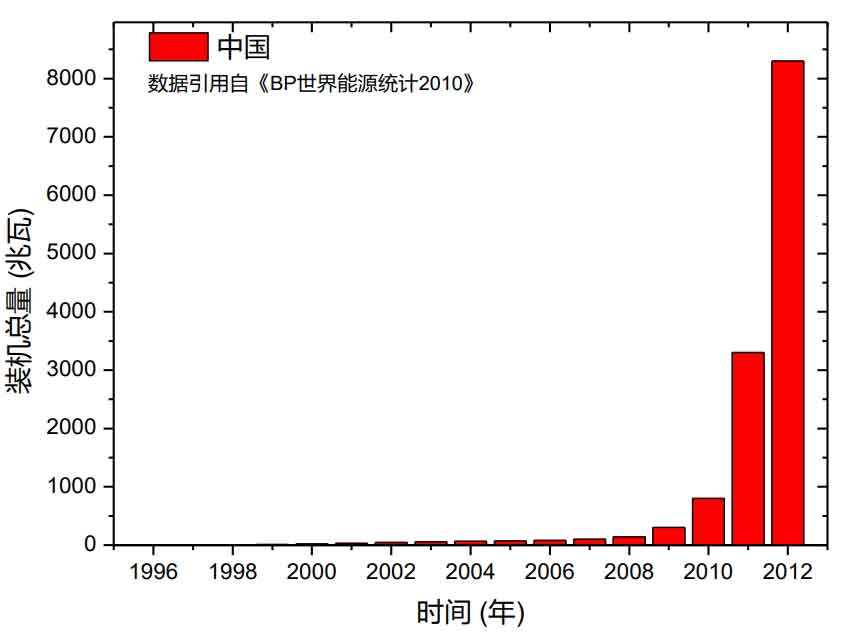
Figure 2 shows that China’s solar power generation industry has entered a stage of rapid development since 2008.
Against the backdrop of strong national support and development of the solar power generation industry, many new energy companies have emerged, such as the rapidly developing miracle of Gurivat, which has created many industry records. Grid connected power generation, as a hot topic in solar power generation, is gradually developing towards megawatt level power plants. However, household low-power grid connected power generation systems have broad prospects due to their large number of users.
2. Solar photovoltaic power generation system
2.1 Types of solar photovoltaic power generation systems
Solar power generation systems are divided into three types based on whether they are connected to the power grid: off grid generation systems, grid connected generation systems, and distributed generation systems:
- The off grid power generation system consists of three parts: photovoltaic panel components, inverters, and batteries.
- Grid connected power generation system refers to: the direct current converted from solar photovoltaic panel modules is converted into AC power that meets the grid connection requirements through grid connected inverters, and directly connected to the mains network. The system can be divided into large centralized grid connected power stations and small decentralized grid connected power systems: Large centralized grid connected power stations directly transmit their generated energy to the municipal power network, and then the power supply is uniformly distributed by the power supply bureau, which has a high cost; The small-scale decentralized grid connected power generation system, with its advantages of small scale and low investment, will be the mainstream of grid connected power generation.
- Distributed power generation system, also known as distributed power generation or distributed energy supply, refers to the configuration of a smaller photovoltaic power supply system at or near the user site to meet the needs of specific users, support the economic operation of existing distribution networks, or meet both requirements simultaneously.

A typical solar grid connected power generation system generally consists of solar photovoltaic panel components, combiner boxes, grid connected inverters, and grid connected meters, as shown in Figure 3. In the figure, the working process of the solar grid connected power generation system is as follows: first, the solar photovoltaic panels convert solar energy into electrical energy, then all the electrical energy of the solar photovoltaic panels is collected together through a combiner box, and finally, the DC power is converted into AC power through a grid connected inverter and fed back to the grid, achieving grid connected operation.
2.2 Inverter circuit topology of photovoltaic grid connected power generation system
The core of solar grid connected power generation systems is grid connected inverters, which can be divided into two categories: voltage type and current type. The two circuit topologies are shown in Figures (a) and (b) of Figure 4.
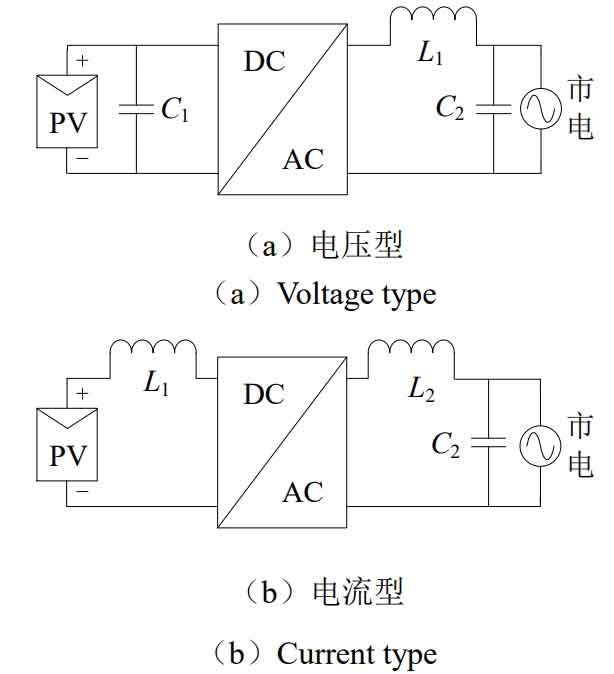
Voltage type inverter circuits use capacitors on the input side for energy storage, which is equivalent to a voltage source. The voltage on the DC side is non pulsating, while current type inverter circuits use inductors on the input side for energy storage, which is equivalent to a current source. The current on the DC side is basically non pulsating, and the DC circuit exhibits high impedance.
Grid connected inverters can also be divided into power frequency and high-frequency grid connected inverters. The power frequency grid connected inverter contains a bulky power frequency transformer in the system. Its working principle is that the direct current generated by the solar photovoltaic panel is converted into current through the grid connected inverter, and then boosted to the mains voltage through the power frequency transformer before being connected to the mains network. The power frequency transformer can isolate the direct current component between the grid connected inverter and the mains network. The structure of the power frequency grid connected inverter system is shown in Figure 5.
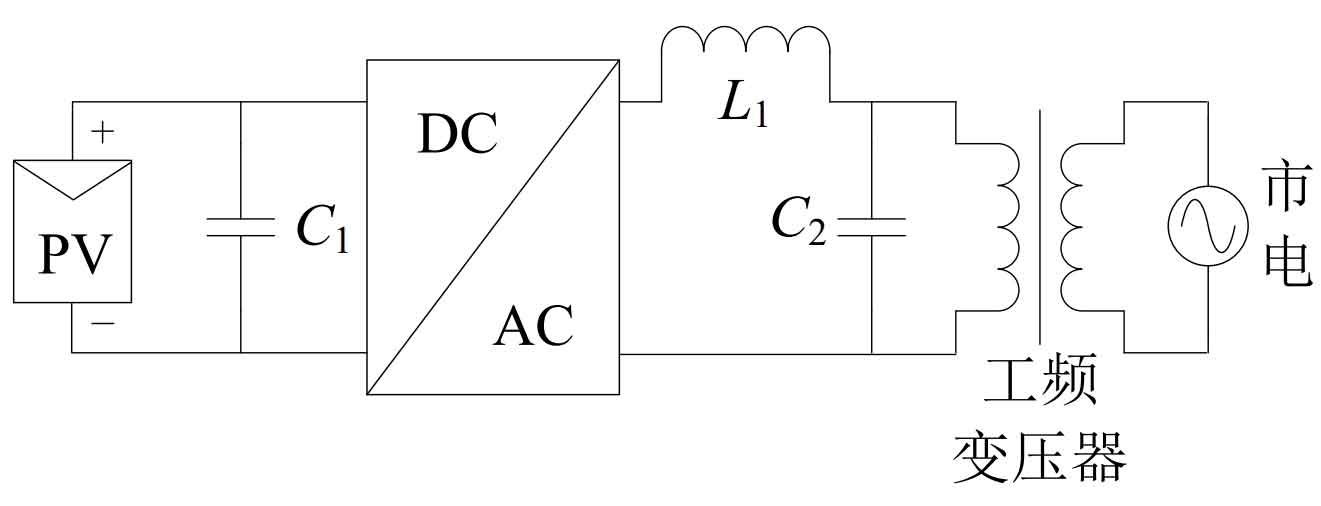
The working principle of high-frequency grid connected inverters: The direct current generated by solar photovoltaic panels is first boosted to the voltage value that meets the grid connection requirements through the DC chopping circuit, and then converted into current through the inverter circuit and connected to the grid. The high-frequency grid connected inverters can also be divided into isolated and non isolated types. The structure of the high-frequency grid connected inverter system is shown in Figure 6 (a) and (b).
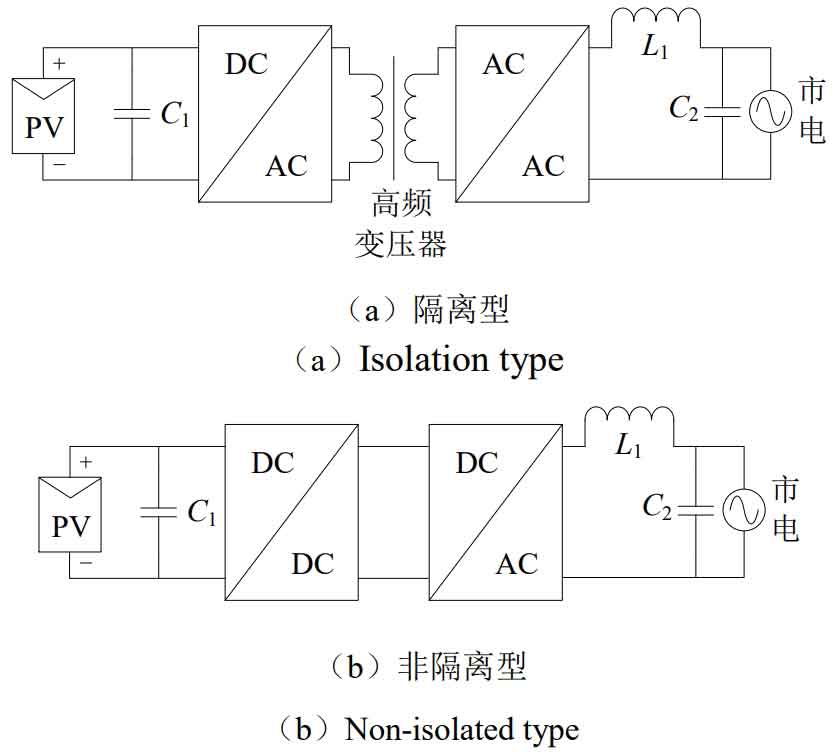
Due to the high-frequency isolated grid connected inverter carrying an isolation transformer, the DC current on both sides of the isolation transformer is isolated from each other and does not affect each other. The DC component will not be transmitted to the mains network by the inverter, so it will not pollute the power grid. However, this grid connected power generation system has disadvantages such as large volume, heavy weight, high cost, and is not conducive to commercial production.
The high-frequency non isolated grid connected inverter eliminates the isolation transformer and uses a DC-DC boost circuit to replace the original transformer, greatly reducing production costs. Due to the lack of transformer isolation, the inverter will introduce the DC component into the mains network, which will cause saturation of the transformer core in the mains network, resulting in transformer damage and economic losses. Therefore, when designing high-frequency non isolated grid connected inverters, it is necessary to suppress the DC component.
At present, small-scale decentralized grid connected power generation systems are all single-phase. For single-phase grid connected inverters, there are several inverter circuit topologies: four turn on circuit topology, five switch circuit topology, and six switch circuit topology, corresponding to Figure (a), Figure (b), and Figure (c) in Figure 7.
In Figure 7, Figure (a) shows a four switch full bridge inverter topology, which fails to effectively suppress common mode current, thereby reducing the inverter efficiency. In contrast, the two circuit topologies in Figure (b) and Figure (c) are isolated from the photovoltaic panel during freewheeling, effectively suppressing common mode current. However, the circuit topology in Figure (b) has been patented by German SMA company in China, The circuit topology in Figure (c) is the voltage source inverter circuit topology used in this paper.
2.3 Development of Key Technologies in Grid Connected Power Generation Systems
Due to the fact that phase-locked loop technology can ensure efficient operation of grid connected inverters at unit power factor, research on phase-locked loop technology is particularly important. With the widespread application of photovoltaic grid connected systems, higher requirements are put forward for system costs. At the same time, the performance of digital control chips continues to improve, and phase-locked loop technology has gradually developed from analog phase-locked loop to digital phase-locked loop today. The research on digital phase-locked loop technology is also becoming increasingly hot. Propose a method based on hardware comparison circuits to solve the frequency and phase of mains electricity; A method is proposed to lock the phase of the mains power by using a digital processing algorithm to sample the mains power signal; Japanese scholars in China proposed a new digital phase-locked method for single-phase grid connection, and subsequently domestic universities began to study the digital phase-locked loop of single-phase grid connected inverters.
Excellent inverter control technology can improve the efficiency of energy utilization, enhance the anti-interference ability of inverters, and enhance the quality of output current waveforms. Inverter control technology is divided into voltage control type and current control type, with current control technology being the main focus in practical applications. Provided a current hysteresis control strategy; Provided a current control technology based on repetitive control; Provided an adaptive fuzzy current control strategy; A space vector current control method was proposed. These control methods have good robustness and fast dynamic response ability, and also have good control effect on sinusoidal signals. However, their control algorithms are relatively complex, requiring high computational power of the controller, which increases costs. They have not been widely used yet, but they still have great application prospects in the future.
Fast and accurate island detection can ensure the safety of circuit maintenance personnel and reduce damage to electrical equipment after power outages in the power grid. The island effect detection technology mainly includes passive detection methods such as voltage amplitude and voltage frequency, and active detection methods such as frequency disturbance. Some scholars have added some optimizations and improvements to these basic algorithms, such as providing an improved active frequency offset island detection algorithm; An analysis of blind spots in island detection using sliding mode frequency offset method is provided; A detection scheme based on reactive current and frequency positive feedback is proposed; A new method for island detection based on positive feedback of harmonic distortion rate is proposed; And a non-destructive blind spot free island detection technology for microgrids has been proposed. Many scholars have begun to conduct corresponding research on efficient detection methods with characteristics such as short detection time, low pollution to the power grid, and no detection blind spots.
At present, many scholars have conducted extensive theoretical analysis and experimental research on various technologies in solar photovoltaic grid connected power generation. However, there are still some problems in practical application, such as excessive THD of grid connected current waveform and DC injection into the power grid. Therefore, it is necessary to conduct research on the technology of solar photovoltaic grid connected power generation, including the phase-locked loop technology of grid connected inverters, inverter grid connected control strategies, and islanding detection methods.

